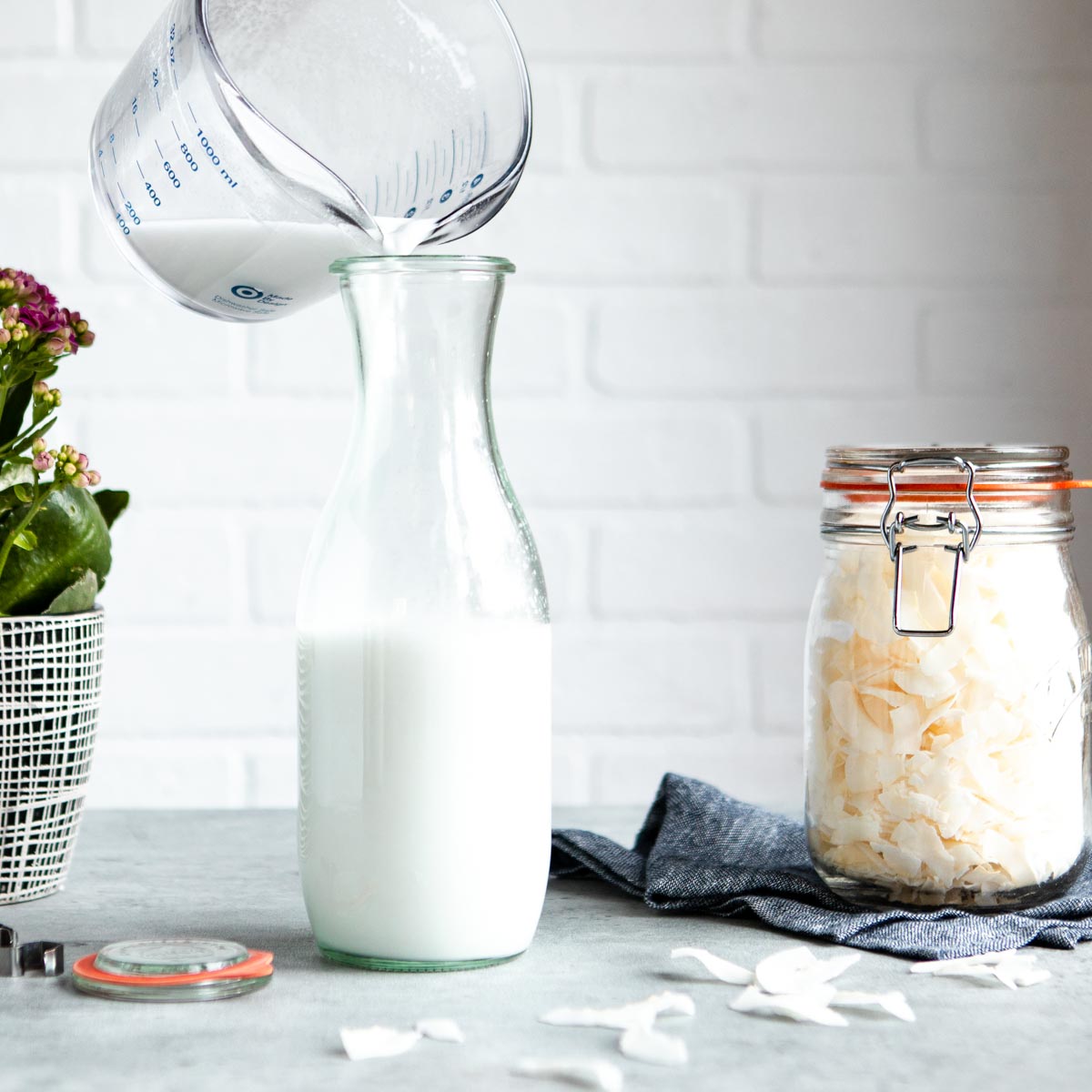
This post may contain affiliate links, meaning I can earn a small commission from items you purchase (at no cost to you).
Making homemade coconut milk is easy and only needs two ingredients, simple kitchen tools, and about 20 minutes of your time. As a result, you’ll find the end result to be a creamy, dairy-free milk with no gums, artificial flavors or sweeteners. Let’s learn how to make coconut milk and my fav ways to use it.
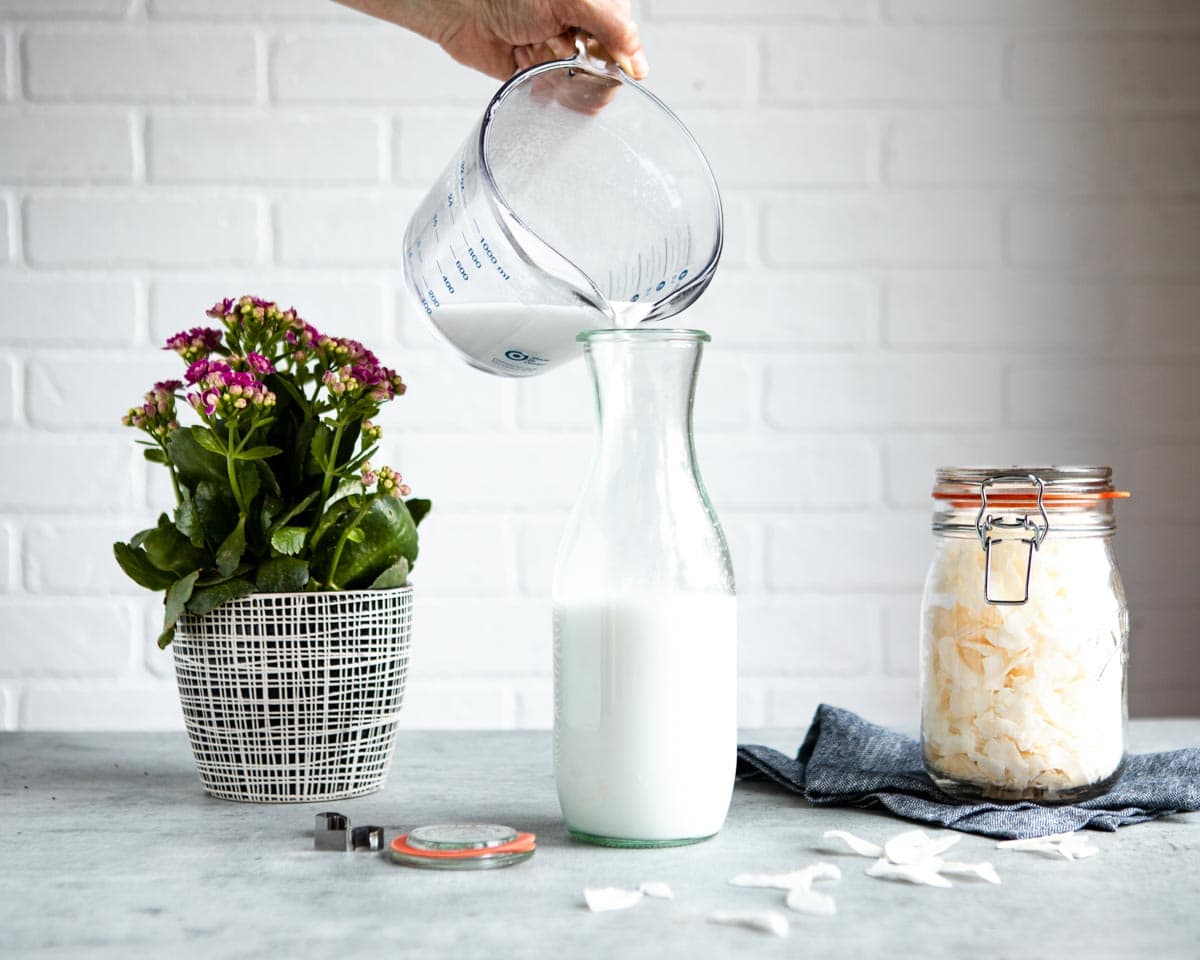
Knowing how to make my own plant-based milk helps me even when buying store-bought milk! If I’m in a pinch and need to get milk from the store, I know to look for limited ingredients as well as no fillers or sweeteners. Let’s be honest though… once you make your own coconut milk, you’ll never wanna buy it from the store again!
Table of Contents
Making Homemade Coconut Milk
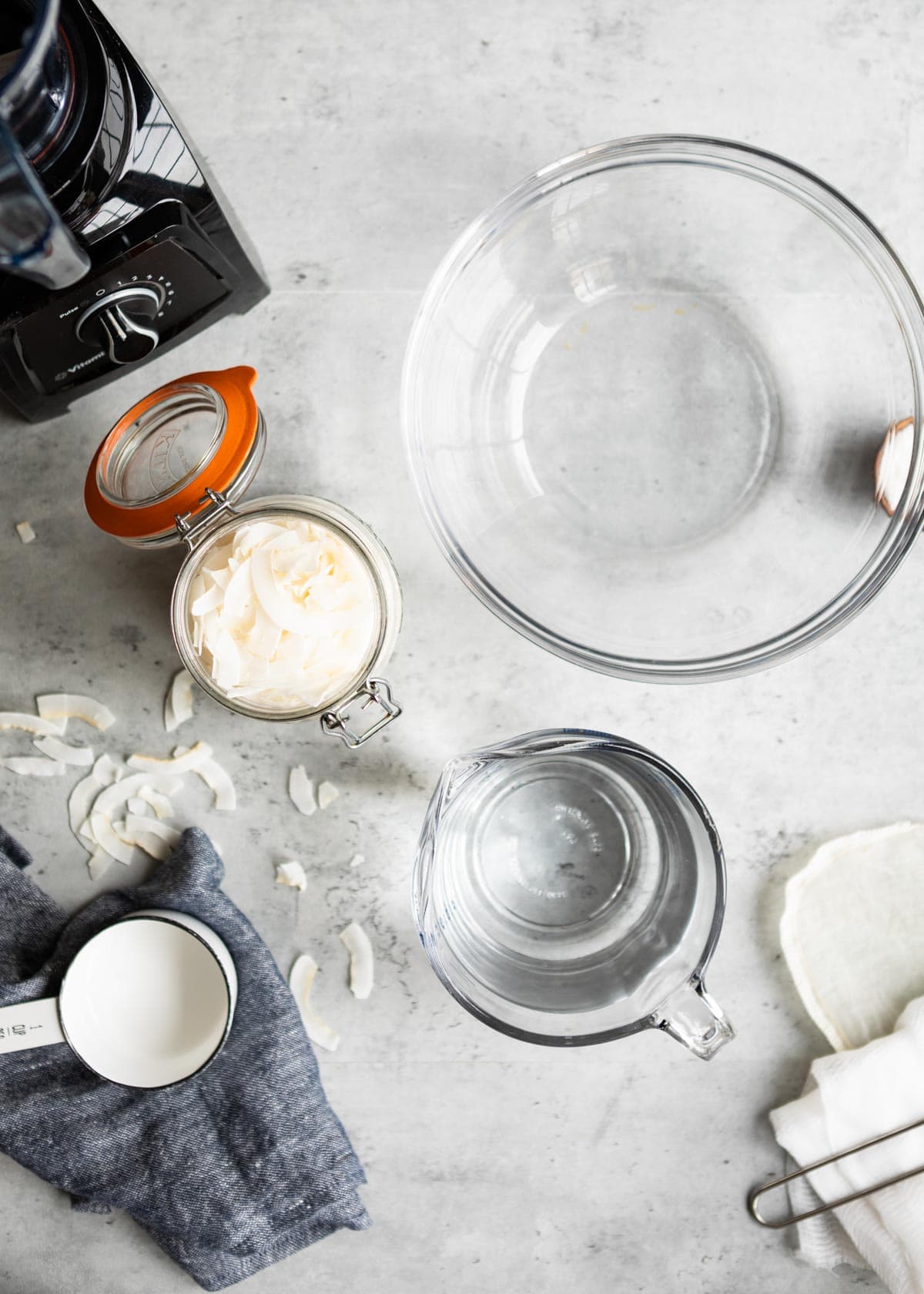
Once again, it can be difficult to find milk that’s free of additives, stabilizers, and gums (I’m looking at you carrageenan!) to use in recipes that call for coconut milk. Yet, never fear! Your blender’s here! All you need to make this homemade version is:
- 1 cup dried, unsweetened coconut
- 3 cups boiling filtered water
- Pinch of sea salt (optional!)
- High speed blender
- Cheesecloth, tea towel, or nut milk bag
- Mesh strainer
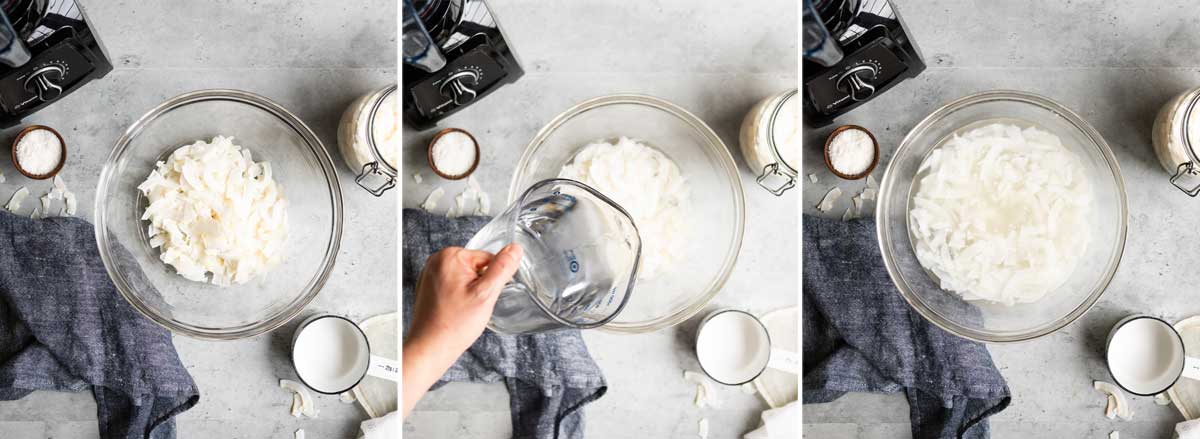
Now let’s get milking!
- Place the shredded coconut in a bowl of boiling water. Stir to encourage the flakes to stay submerged. They will naturally absorb some of the hot water during soaking, which will break down the flakes to a creamy goodness.
Cream is the best sort of homemade coconut milk, don’t you agree?
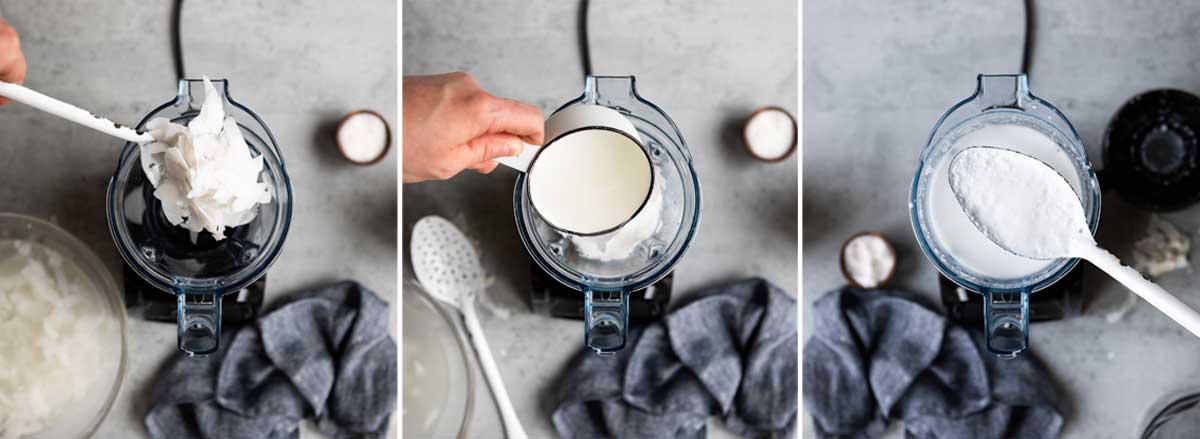
2. Blend. The #1 appliance in my kitchen is my blender. In addition to using it for my daily green smoothie, I use it for homemade hummus, pancakes and yep, even milk from plants.
A high speed blender will break apart coconut flakes the best, and gets you as many nutrients possible. I recommend checking out my blender guide if your blender isn’t up to the challenge.
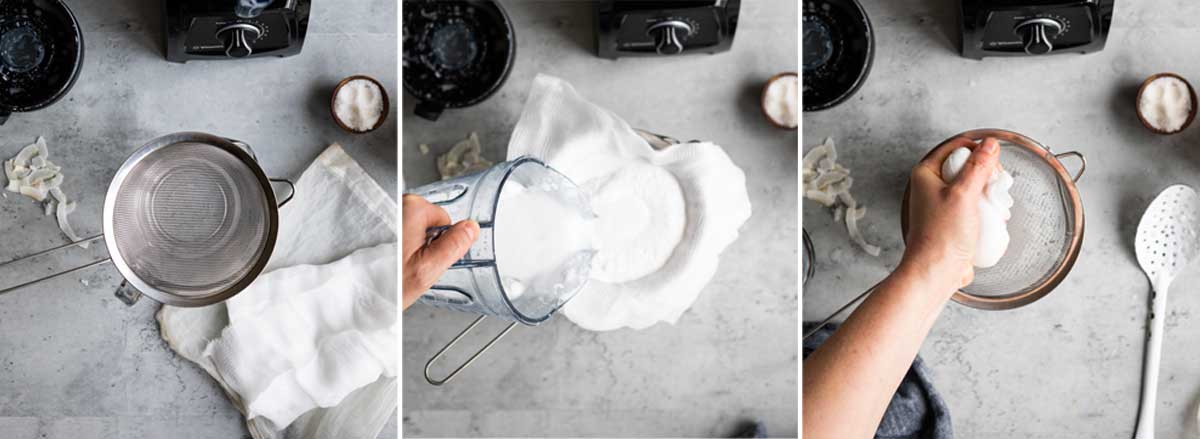
3. Strain your milk like a pro…Having a two-layered strainer will get you the creamiest results. To do this, I use a mesh strainer and a nut milk bag. Just place a strainer over a bowl and line with cheesecloth or a nut milk bag. Gather the cloth at the top, twist and gently squeeze as much milk from the solids as possible. The remaining coconut pulp should be fairly dry.
Pro tip: if you want a thicker milk, just use a cheese cloth. You may get a bit of ‘pulp’ from the coconut yet you’ll also get a creamier finished product.
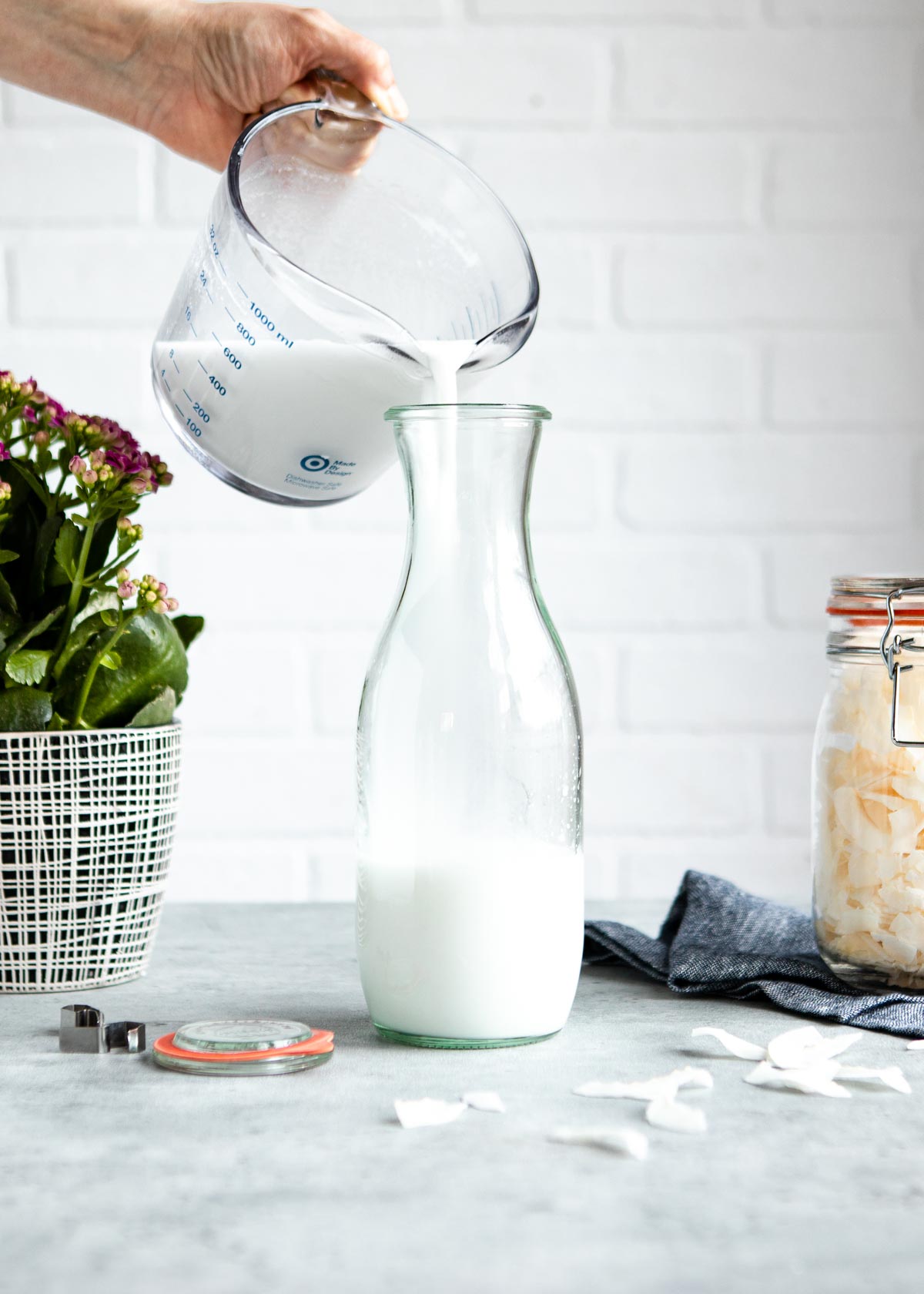
How to Store Plant Milk
Transfer your freshly made beverage to an airtight jar or bottle and refrigerate until ready to use. The milk will keep 3-4 days, maybe a little longer. As a result of the (healthy!) fat content, the milk will separate into layers, so be sure to shake before using.
The top most layer is the coconut cream. In addition to other uses, it can be spooned off for recipes calling for the full-fat version.
Where Does Coconut Milk Come From?
After all, former FDA commissioner Scott Gottlieb said, “almonds don’t lactate“. Of course we’re talking about coconut here, yet the same confusion applies. Actually, according to the Smithsonian Magazine, the word lactate actually comes from the Latin root word of lettuce – meaning the milky white juice that comes out of certain plants.
In addition, various types of non-dairy milk, have been staples in Southeast Asian, African and Indian cuisines for ages.
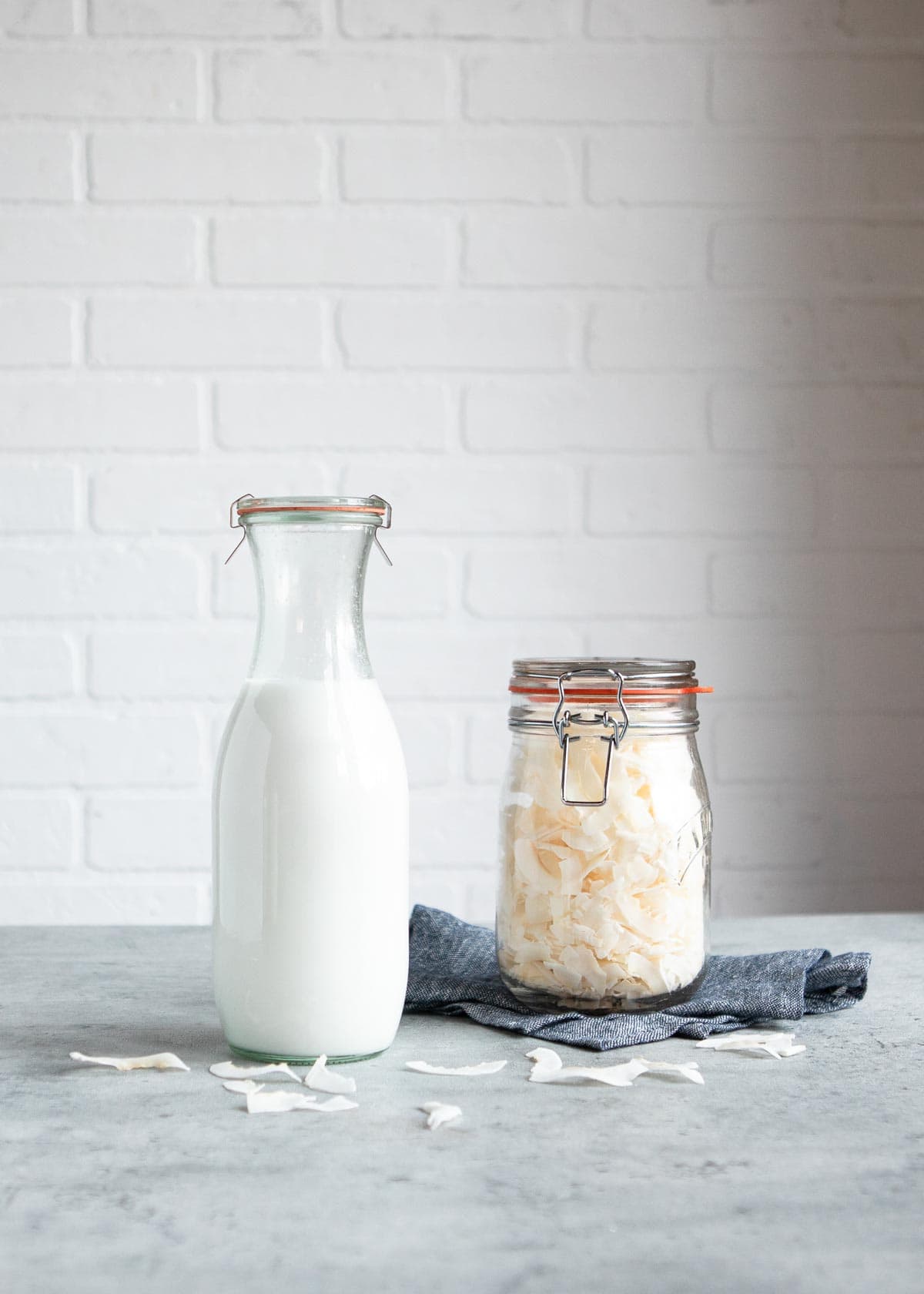
Homemade vs. Store Bought
Meanwhile which is better? Recently we tested as many store bought almond milk, oat milk, and coconut milk brands as we could find in Central Florida to see which were best. When it comes to buying from the store, we’d def avoid brands that contain additional sugar, gums, fillers or those always mysterious ‘natural flavors’.
While there are always decently healthy options out there, if you want to know for sure what’s in your milk and going into your body – I’d opt for homemade when possible.
How to Use Coconut Milk
And speaking of recipes that use coconut milk, can I share a few? This particular kind of plant based milk is one of my favs to use, especially in dessert leaning recipes because it has a natural touch of sweetness. Now that you’ve made some of your own, give these a try:
- Veggie bowl with coconut sriracha sauce – the secret’s in the sauce here
- Turmeric golden milk – a warm + comforting bedtime drink
- Coconut joy vegan smoothie bowl – a plant based option to your candy bar addiction
- Blackberry coconut sorbet – refreshing on a warm spring or summer day
- Healthy peach smoothie – quick, easy and oh so delicious
- Coconut milk smoothie cubes – boosting your smoothie with healthy fat + a touch of protein
Don’t forget to rate + review this recipe once you’ve tried it. I wanna know how yours turns out!
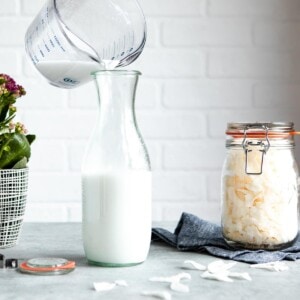
How to Make Coconut Milk
Ingredients
- 1 cup raw coconut flakes
- 3 cup water boiling
- pinch sea salt, unrefined
Instructions
- Place coconut in a pot of boiling water and allow coconut to soak for a minimum of 10 minutes.
- Add to blender and carefully blend until smooth.
- Place a strainer over a bowl and line with cheesecloth, tea towel or pour into a nut milk bag, and allow the coconut milk to drop down into the bowl.
- Gather the cloth at the top, twist and gently squeeze as much coconut milk from the solids as possible. The remaining coconut pulp should be fairly dry. (The pulp can be added to baked goods and smoothies for extra fiber.)
- Transfer to an airtight jar or bottle and refrigerate until ready to use.
Helpful Tools
Notes
- Less water can be used for thicker, creamier coconut milk.
- The coconut milk will keep 3-4 days, maybe a little longer.
- Shake well before using. The milk will separate into layers. The topmost layer is coconut cream. It can be spooned off for recipes calling for full-fat coconut milk.
- This coconut milk recipe makes a similar product to refrigerated carton coconut milk from the store. It doesn’t have the fat content in canned coconut milk.
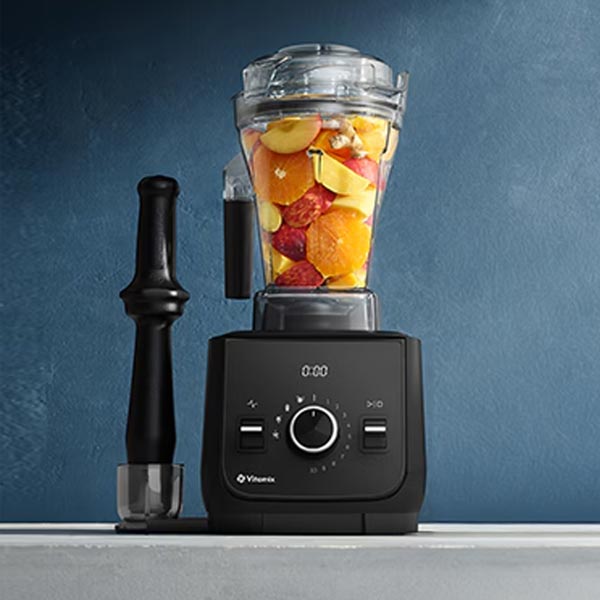
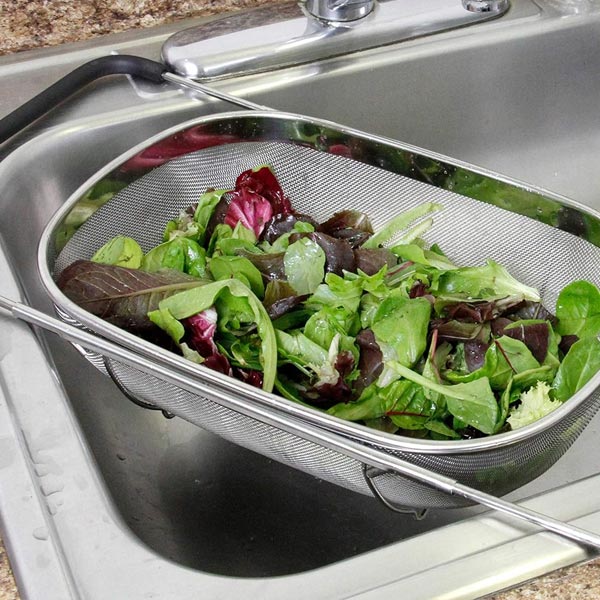
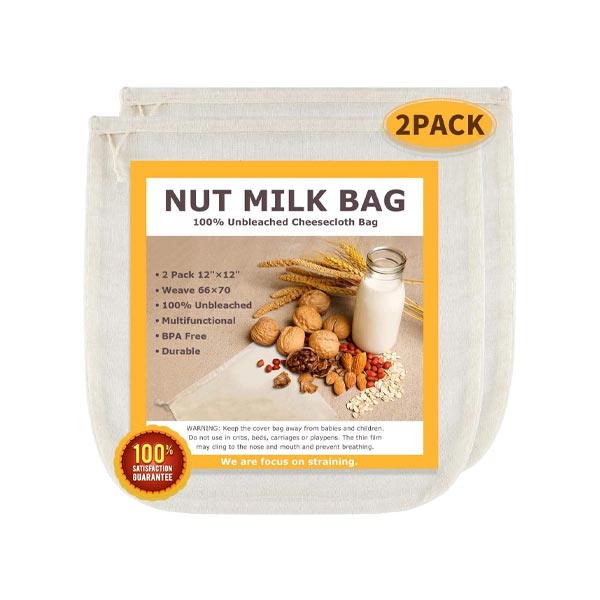
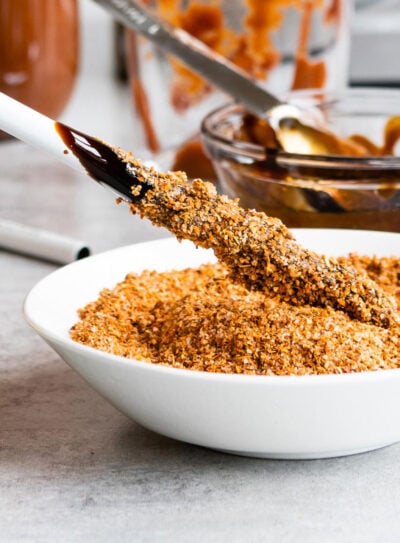
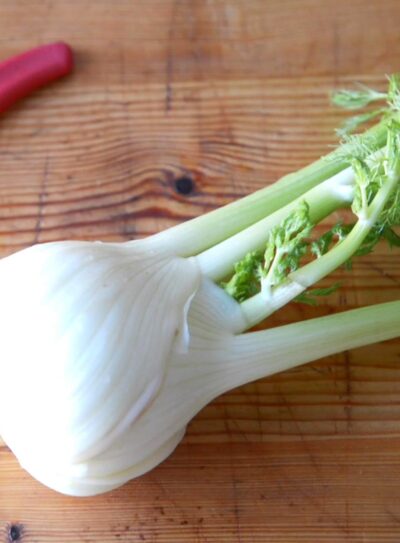
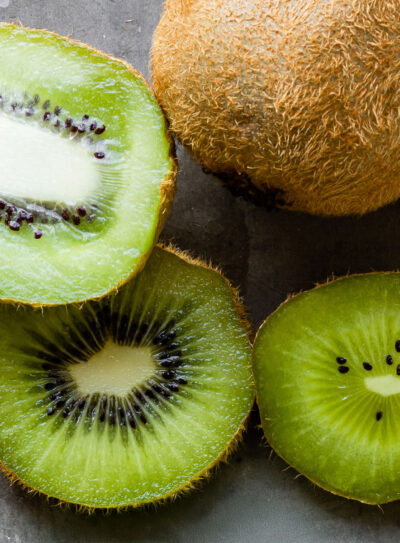
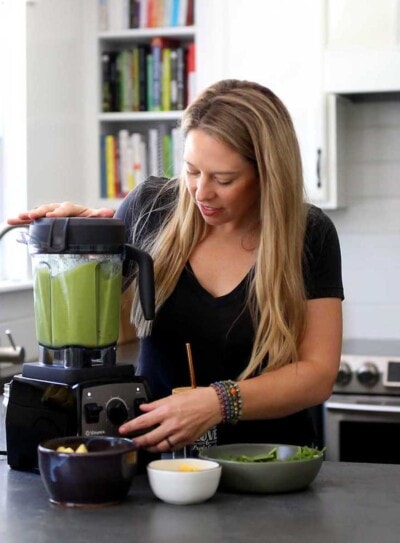
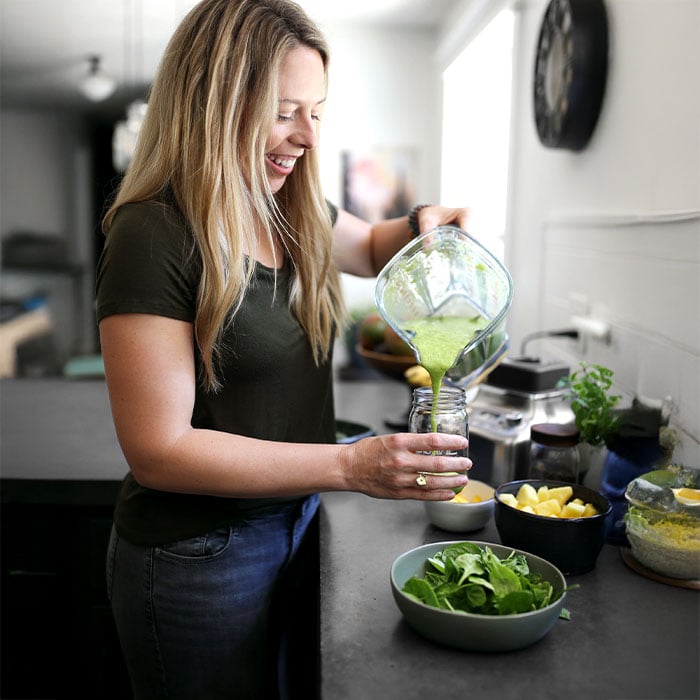
can coconut milk be made from coconut flour?
Hi Jan.
Great question. I haven’t tired to make coconut flour, but here is a video you might enjoy:
Yes, Coconut nut flour is super easy to make.
Preheat oven to 200, spread coconut pulp on cookie sheet and bake.
Stir and break up clumps while it is drying in about 2hrs take it out set aside to cool. Place dried coconut into coffee/ spice grinder, give it a whirl and Viola coconut flour! Take a look at how much coconut flour cost and give yourself a pat on the back and the wallet.
Here is a web version as well.
Thanks for sharing, Sara. 🙂
Do you have any tips for using the left over coconut pulp please. I’ve just made my second batch and loath to throw anything away!
Hey Karen.
How about trying Oh She Glow Coconut bars?
I dry the pulp, by spreading on a sheet of paper and placing in the oven until coconut is dry, I let cool, place into a sealed container, I use it to put in biscuits, ie. Anzac biscuits, any biscuit recipe I can find that uses coconut.
Great suggestion, Leah! 🙂
I’ve just made this coconut milk in my Nutribullet as it’s a real pain to buy it where i live without going out of my way (and it’ a bit expensive). I remember I had some desiccated coconut lurking at the back of my kitchen cupboard and I am thrilled how easy it is to make and tastes so good. I don’t think I’ll ever have to buy the processed one ever again. Thanks for sharing x
Glad to hear you enjoyed it, Karen!
Hey Laura.
A little over 20 ounces. 🙂
I love this. Thanks!
CHEERS! You RAWk Michelle!
Luv this!
So glad!
Hi! Can I possibly use freshly grated coconut and follow the same process? if yes, what is the ratio of the fresh grated coconut to water? Thank you very much!
Hey Monci!
Thanks for the comment. Personally, I have only tried with dried coconut flakes, but feel free to use fresh. 🙂
Enjoy!
Yes you can use fresh coconut. I got this technique from my grandmother. I use to hand grate the coconut and make the milk. I’ve also seen it made with coconut water
Cheers! Thanks Rick!
Hey Rosa!
Thanks for joining us! Hope you enjoy our DIY Coconut Milk Recipe and keep us posted on how it goes. 🙂
I paid $5 to get the 30 day day challenge shopping lists and recipes and I’ve checked my email, spam and trash folders and still haven’t received them. how long does it usually take after paying to get the email does it usually take to get the information?
Hey Sabrina.
So sorry for the delay on getting back to you. I have resent your purchased October Recipe Cards. Enjoy. Let us know if we can help with anything else. 🙂
I’m using Nutribullet n I think I need to cool it down before blending! Will give it a try! Thx so much.
Hey Koni.
Yes, please let it cool, and leave a little vent to let any hot air escape. 🙂
So what is coconut water? Can it be made by diluting down the coconut milk from this recipe?
Hey Miguelito.
Coconut water is the clear liquid inside young green coconuts. I think they taste completely different, in a good way. 🙂 I love coconuts.
Which coconut do you use? Young or old ones?
Hey Jeanne.
I buy the unsweetened coconut flakes from the store. 🙂 (I buy the brand Edward & Sons, Organic Coconut Flakes, Unsweetened.) Hope that helps.
I love this! Thank you!
🙂 Wonderful! I just made another batch of DIY coconut milk 15 minutes ago. My whole family loves it! Glad to hear you are enjoying it as well. 🙂
Sound good, however can I use fresh coconut meat instead?
You can, just make sure your blender can handle it. 🙂
Does this need to be strained? I think the coconut in my smoothies would be yummy!
Hey Ingrid.
Straining is STEP 5: Place a strainer over a bowl and line with cheesecloth, tea towel or pour into a nut milk bag. OR if you want a more pulpy coconut milk, feel free to leave it in. 🙂
Hope that helps.
I believe Ingrid was asking if step 5 was required or if she should skip it to keep the bits of coconut in. And the answer is yes! You can absolutely skip step 5 and leave the bits of coconut in there for your smoothies.
Thanks Trev. 🙂
You can also freeze the remaining coconut and put it in smoothies!
🙂 Great idea Ellie! 🙂